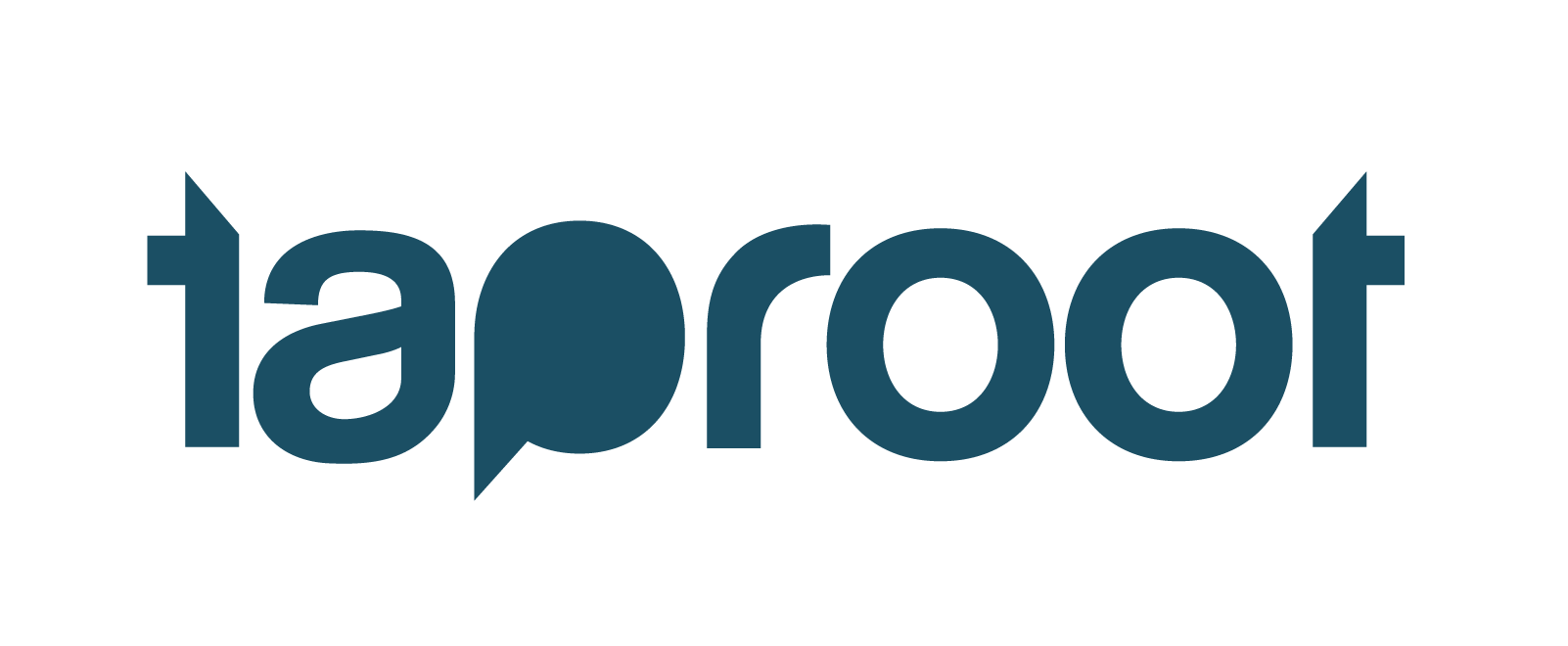Crazy or Genius? Giving Away Half Your Work
Giving away half of your work to nonprofits.
For free.
Nuts, huh?
But it’s a trending business idea that reimagines what it means to be engaged in pro bono service.
This innovative model was put on the map by Matthew Manos, founder and managing partner of verynice, a global design and innovation consultancy which has baked into its core business mission a massive amount of skills-based giving back (50%, to be precise). It’s a concept that wasn’t an afterthought, but the central component of verynice’s existence from day one.
I wrote about verynice’s revolutionary approach to pro bono a couple of years back. With offices in New York and L.A., verynice has worked with 350 organizations and is tracking to donate $10 million in services by 2020. Since I sat down with Manos, he’s been busy influencing other companies to adopt his firm’s model.
Now verynice is releasing the second edition of How to Give Half of Your Work Away for Free, a book that aims to open-source the 50% pro-bono business model, which Manos refers to as the “double-half” methodology.
“Anyone can clean up a beach,” Manos notes in the book. “That’s a simple task, and people have been doing it for years. Sure, we can continue to define ‘service’ and ‘volunteerism’ in that way, but wouldn’t a more productive question be ‘how can we ensure that beaches never get dirty again?’ That is a big question, but it is one that can be answered by leveraging the unique talents each of us brings to the table. This isn’t a new idea—it’s actually a movement, the idea of skills-based volunteering.”
So how is it possible to give away half of your work and still remain competitive in a crowded marketplace? Simple: you need to do double the work.
According to Manos, one of the key components of the double-half methodology is an innovative approach to capacity building, in which creative outsourcing and openness to remote collaboration is at the center.
The #givehalf model thrives according to high volume, which can lead to more paid business. The trick is reducing overhead costs. For service companies like verynice, this means bringing on teams according to a per project basis rather than a permanent staff; strong management skills in leading these teams is a must. Paid projects employ paid contractors, while unpaid/pro-bono projects pull from the same pool of contractors but invite them to participate in the project on a volunteer basis.
The book synthesizes the core model of #givehalf as follows:
1. Capacity Building: If you are giving half of your work away for free, you need to do twice the amount of work. That said, you need to not miss out on sleep. The model calls for a creative approach to capacity building that embraces remote collaboration and network development.
2. Business Development: The model allows for sincere and authentic client relationships that lend themselves well to project referrals. The model calls for a very intentional use of word-of-mouth as the primary marketing tool.
3. Financial Planning: Although the success of the model has no limits, monetarily, up-front there is going to be some sacrifice, as with any business. As a result, the model calls for a conservative approach to corporate overhead.
4. Time Management: Because the model requires a high volume of projects at any given time, the development of time management processes that work for you is a necessity in the process of developing your verynice entity.
Sure, it might seem overwhelming, but the extra work volume has its benefits in a business’s pipeline and bottom line. Pro bono business fuels word of mouth marketing. Small organizations with per project teams have contractors that work elsewhere - which can become a source of new projects. Large organizations that have permanent staff tend to have influential board members who are often CEOs of major corporations; these board members can open the door to paid work from larger, hard to obtain accounts.
Furthermore, corporate giving through pro bono work allows for the kind of innovation and creativity that is often tough to practice with paid clients but which can reap huge benefits to both client and practitioner alike.
Manos notes that annual design and marketing expenditures for all non-profit organizations in the U.S. alone come close to $8 billion every year. If those resources could be allocated to the actual cause these nonprofits support, the impact could be staggering.
“Pro-bono is a valuable asset to nonprofit organizations,” writes Manos, “because it provides them with a valuable resource that they would have spent at least a portion of their dollars toward anyways. Dollars can only take you so far; time and experience are multipliers in this industry. Beyond that component of pro-bono’s value, it is also the most accessible way to create social impact. There are far more of us with valuable skills then there are people with extraordinary wealth.”
Manos is the first to note that the #givehalf approach requires patience and certainly isn’t for everyone. “You are a good candidate for this model if you are serious about making philanthropy an integral component of your day-to-day business. This model is not for the individual that is OK with stopping at 1%. This model is OK for the individual that wants to START with 1%, and then grow their impact exponentially.”
It’s hard not to be inspired by Manos’s advocacy and ambitions around pro bono service. As we observe Pro Bono Week, Manos’s approach exemplifies the kind of forward-thinking philosophy that is professionalizing skills-based volunteering and transforming the role of business in truly changing the world.

